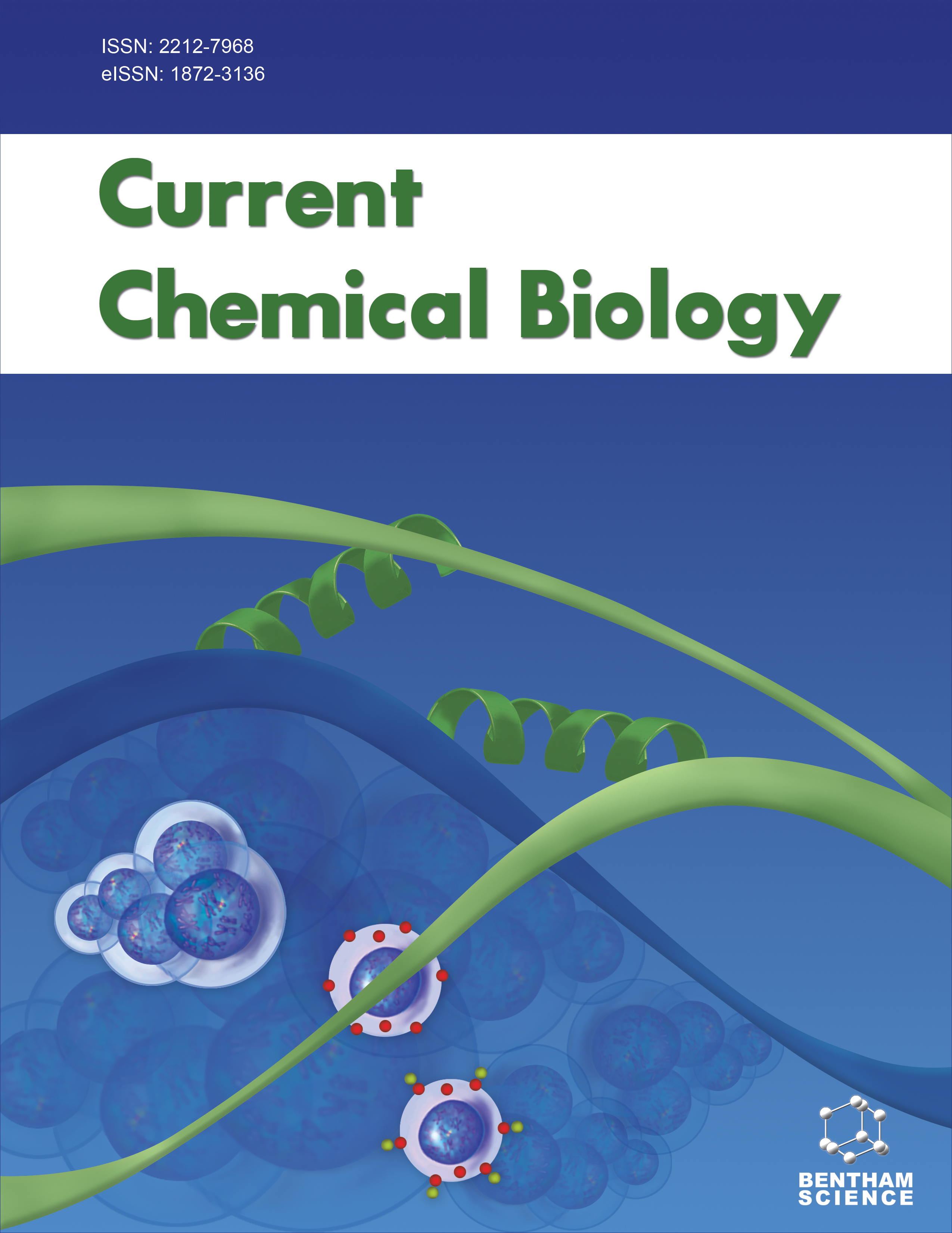
Full text loading...
We use cookies to track usage and preferences.I Understand
Diabetic retinopathy (DR) is the leading cause of vision loss in diabetic patients. Currently, the treatment involves the use of glucocorticoids or a VEGF antagonist, which are “off-label” at present. However, the conventional method of drug discovery and development is a time-consuming process that requires more than a decade of meticulous research and huge financial support. While there are a few effective small organic molecules against DR that were identified many years ago, nutraceuticals - naturally available functional foods containing vitamins, antioxidants, minerals, fatty acids, and amino acids - can also help delay the progression of some diseases.
In this study, 43 phytochemical constituents from four medicinal plants were tested for their binding affinity to the influential VEGFR2 target of diabetic retinopathy. The study used a computational approach, in silico molecular docking study, structure-based drug design approach, MSD (Molecular Dynamic Simulation analysis), in silico ADME(T) studies.
The study reported that all phytochemical constituents displayed good to the highest binding affinity than the standard ruboxistaurin. Six phytochemical constituents, namely terchebulin, pedunculagin, punicalagin, punicalin, casuariniane, and chebulagic acid, exhibited equipotent to higher activity than the standard. These constituents displayed conventional hydrogen bonds, pi-alkyl, and pi-cation interactions to achieve their high binding affinity. The highest binding scores were chosen for analysis using MSD, ensuring stability of the ligand-protein complex. Pharmacodynamic and pharmacokinetic properties were evaluated, and their safety profile was validated.
This in silico screening study suggests that active phytomolecules present in medicinal plants may inhibit the VEGFR2 target. The best-docked compounds, possessing drug-like properties, can be used to develop potential inhibitors against DR or to mitigate its severity.

Article metrics loading...

Full text loading...
References


Data & Media loading...
Supplements

